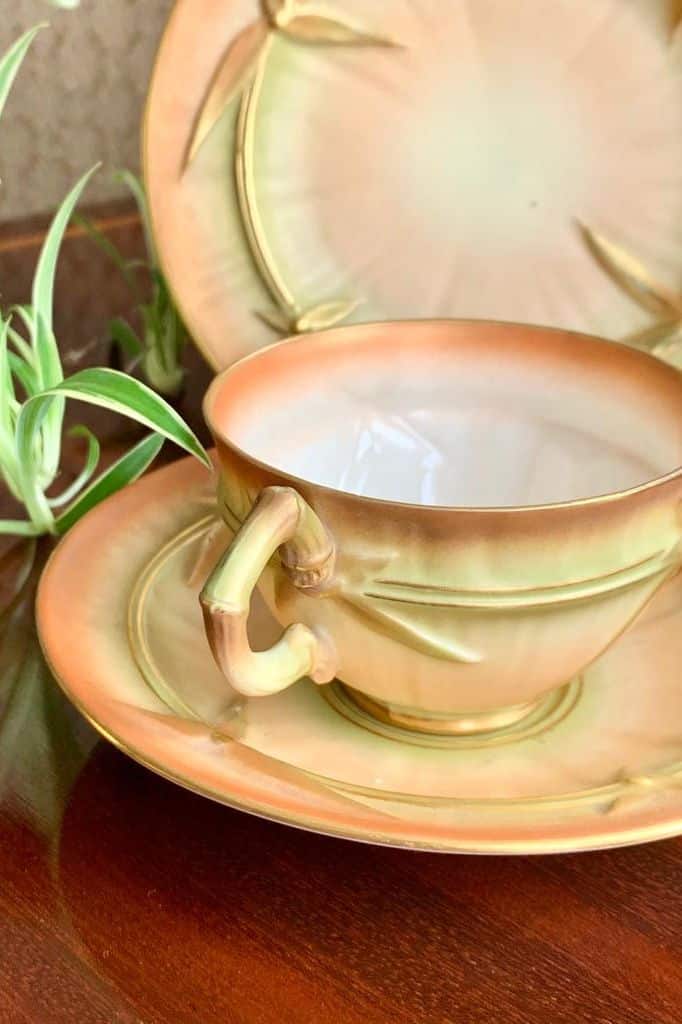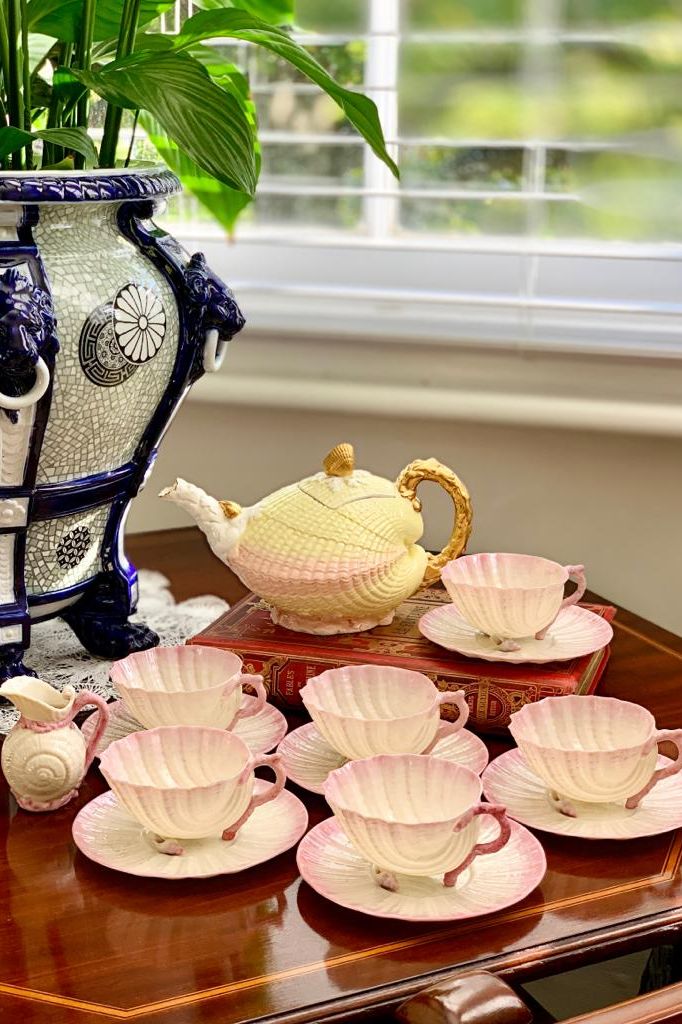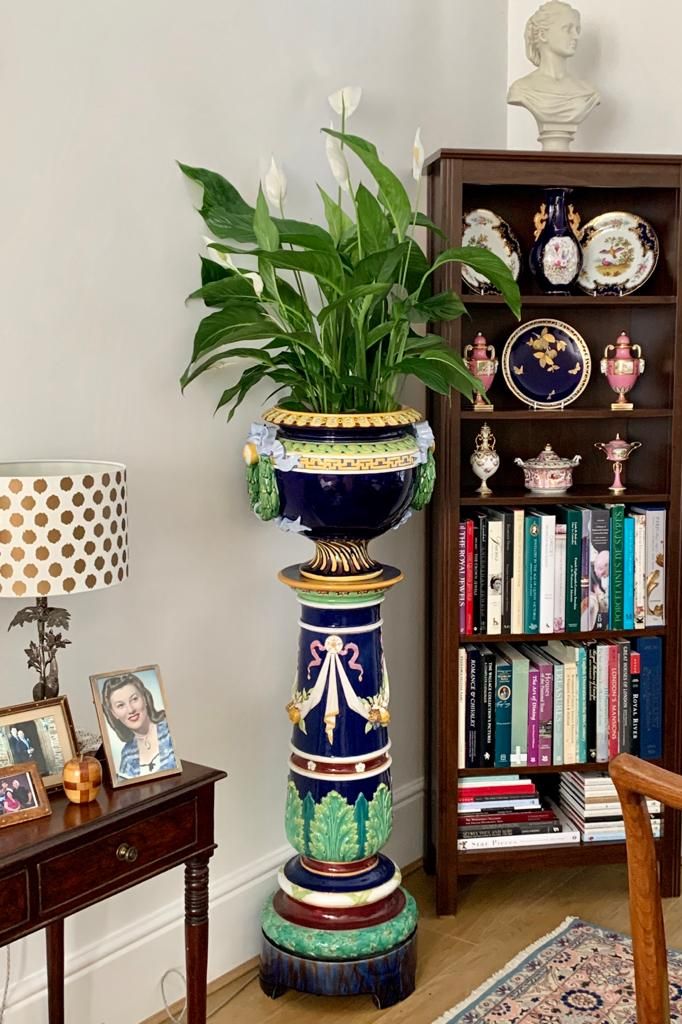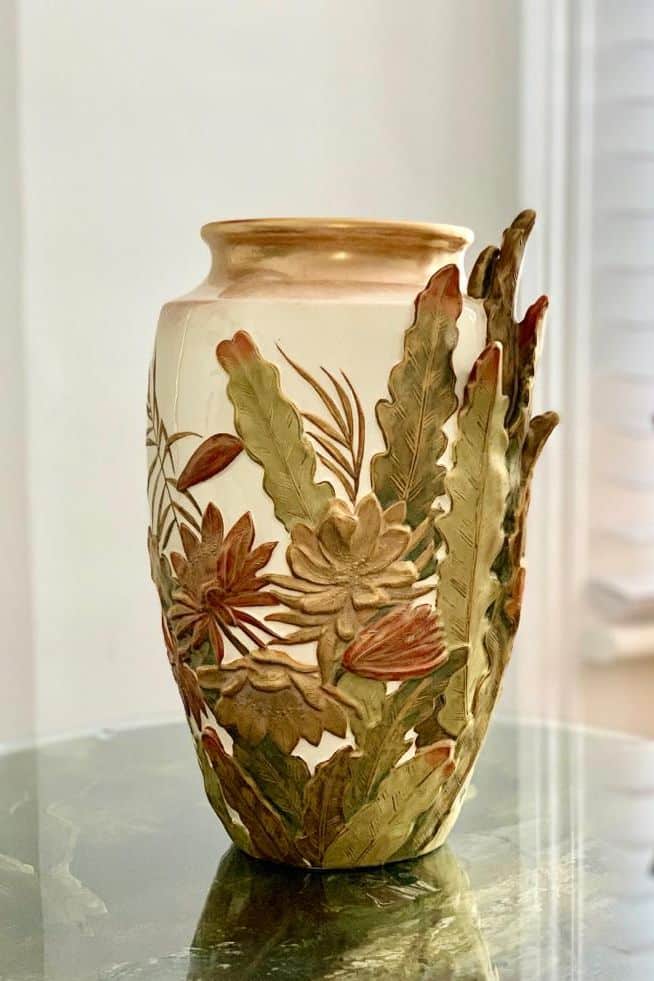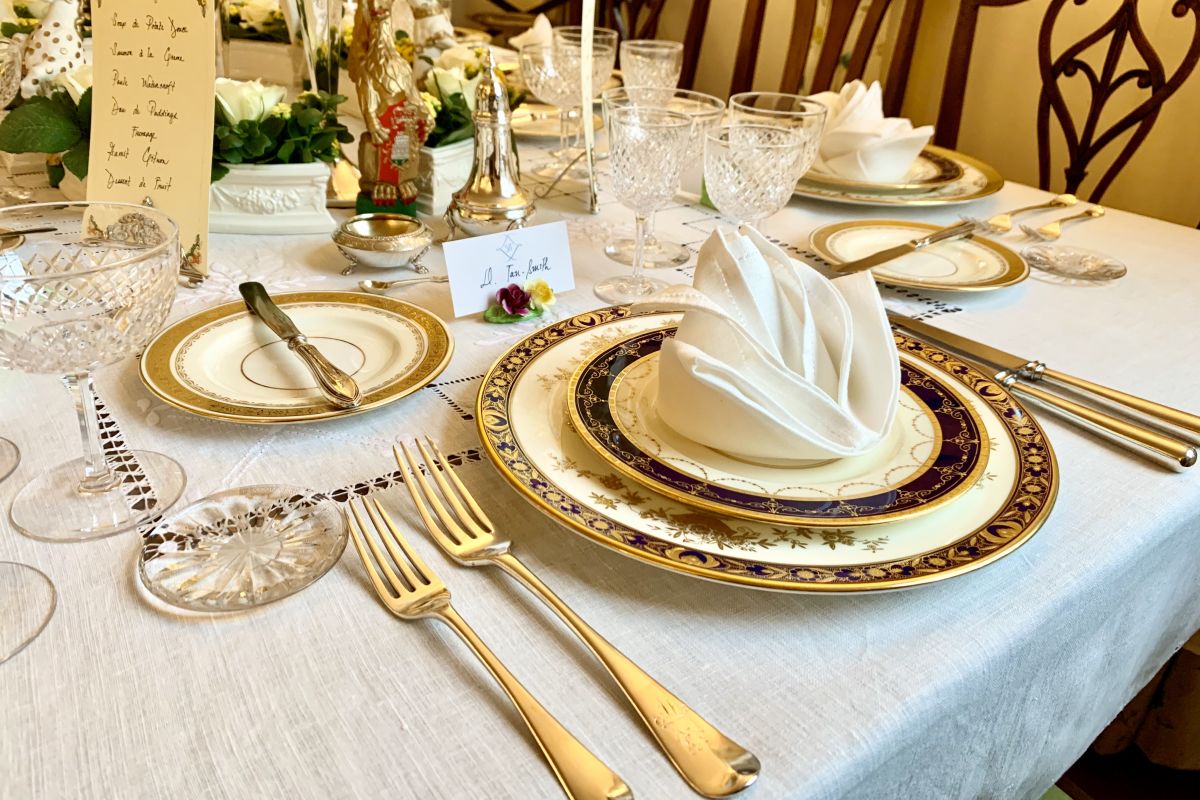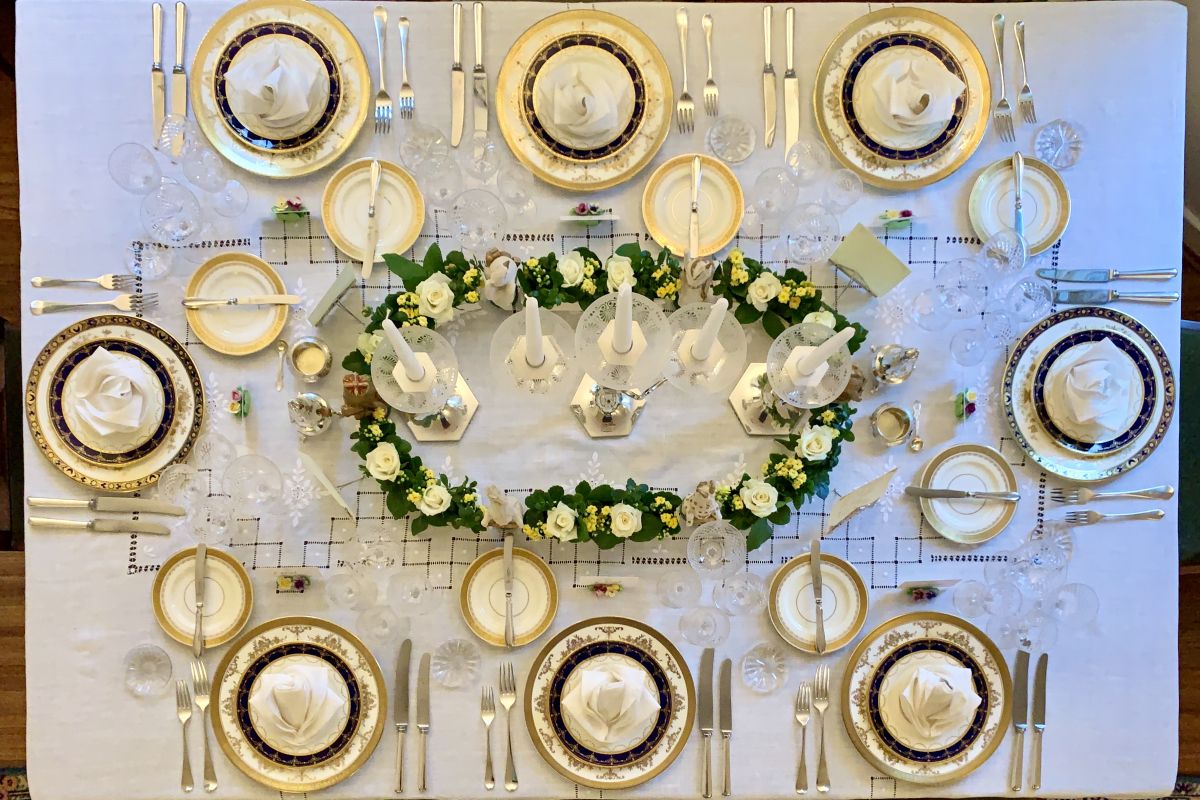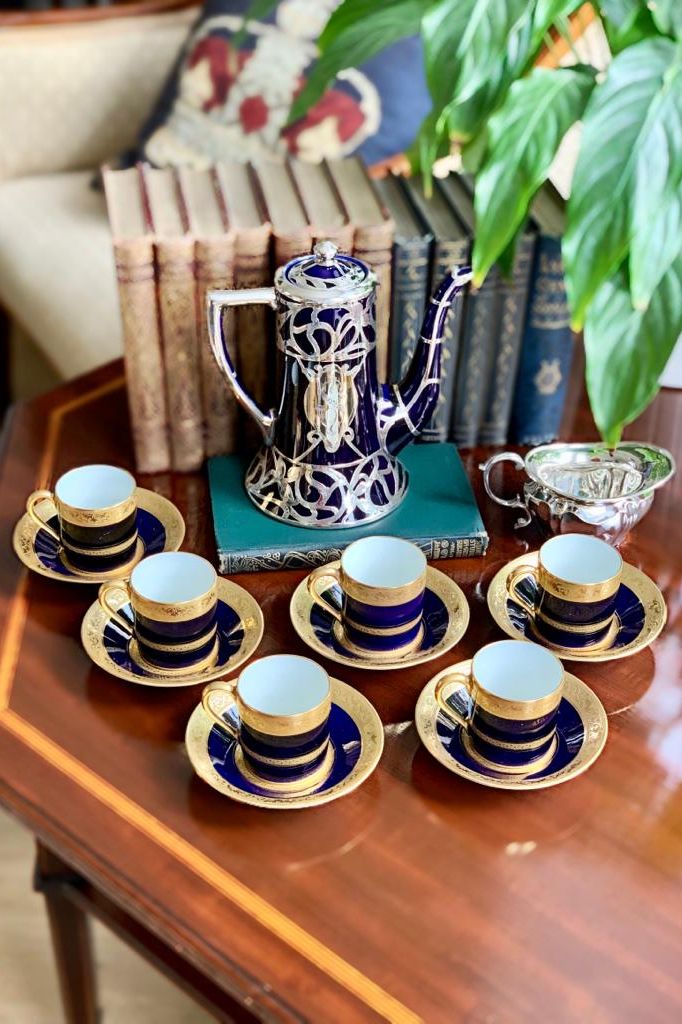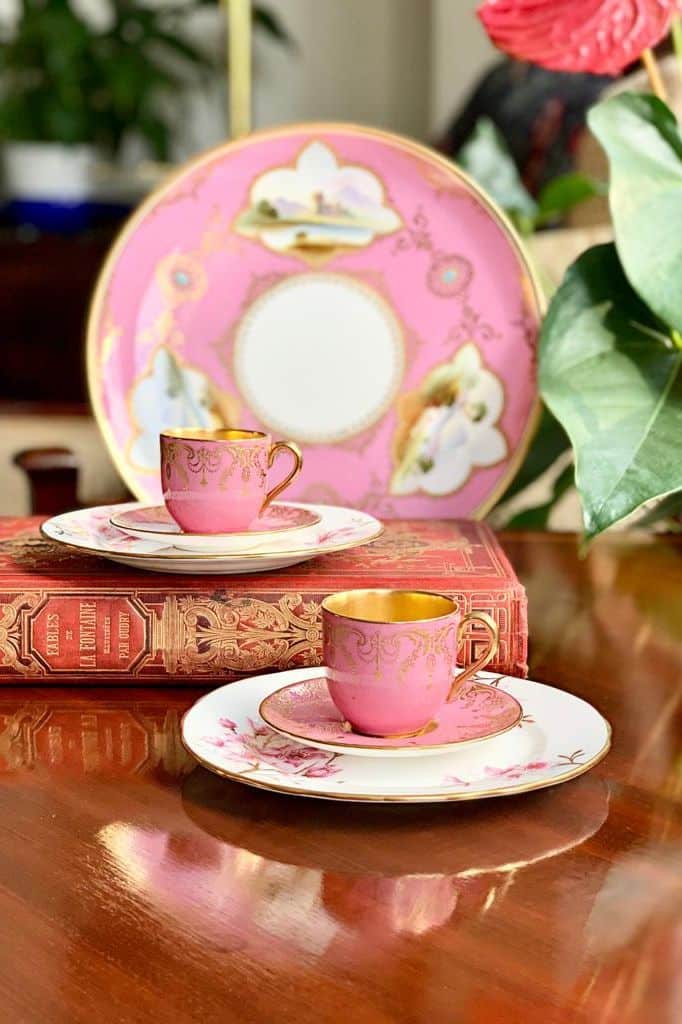Industry expertise
Antiques Dealer, Porcelain & Silver
Tom Smith of Dovecote Antiques stands out as one of the youngest dealers in porcelain and silver, but it is his encyclopaedic knowledge that hypnotises any interested party. He can recall from memory entire catalogues of famous workshops whilst making any viewer appreciate even the smallest of details. One of my favourite memories of Tom is when we were both at the New York edition of The European Fine Art Fair (TEFAF) in October 2019: we were on a stand and he was explaining a porcelain set to me and we suddenly turned around to find five other people, including someone who was working at the gallery, listening to his explanation. He was surprised, but I knew that it was his magnetic personality and enthralling descriptions that automatically made others want to listen.




